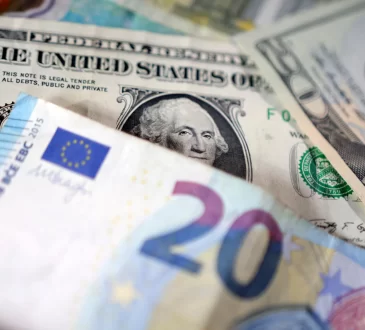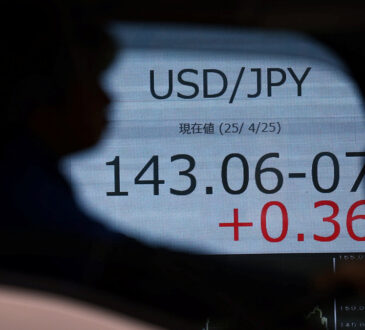
The two most important factors influencing currencies today are the robust state of risk appetite that has lifted many stock indexes to record highs, and the quiet state of FX markets which has seen volatility slump in major markets.
When combined, these two factors support the establishment of carry trades which have been further enhanced by favourable moves in the direction for the few currencies that are moving.
Currencies undermined by interest rates much lower than those in the United States like the yen, Swiss franc, Thai baht and Taiwan dollar have fallen this year. These are the currencies that investors are more likely to sell to fund the carry trades into which they may invest.
Other than the dollar, or major currencies with similar interest rates like the pound and New Zealand dollar, the currencies they may prefer to buy will probably be those that are both free floating and supported by rates above those in the U.S.
These include Mexico’s peso, South Africa’s rand and Hungary’s forint but could embrace other higher yielding currencies which are not free floating should stocks continue to climb.
Demand for currencies like India’s rupee, which is effectively static, or Turkey’s lira – which is backed by an ultra-high rate – may grow.
For more click on





